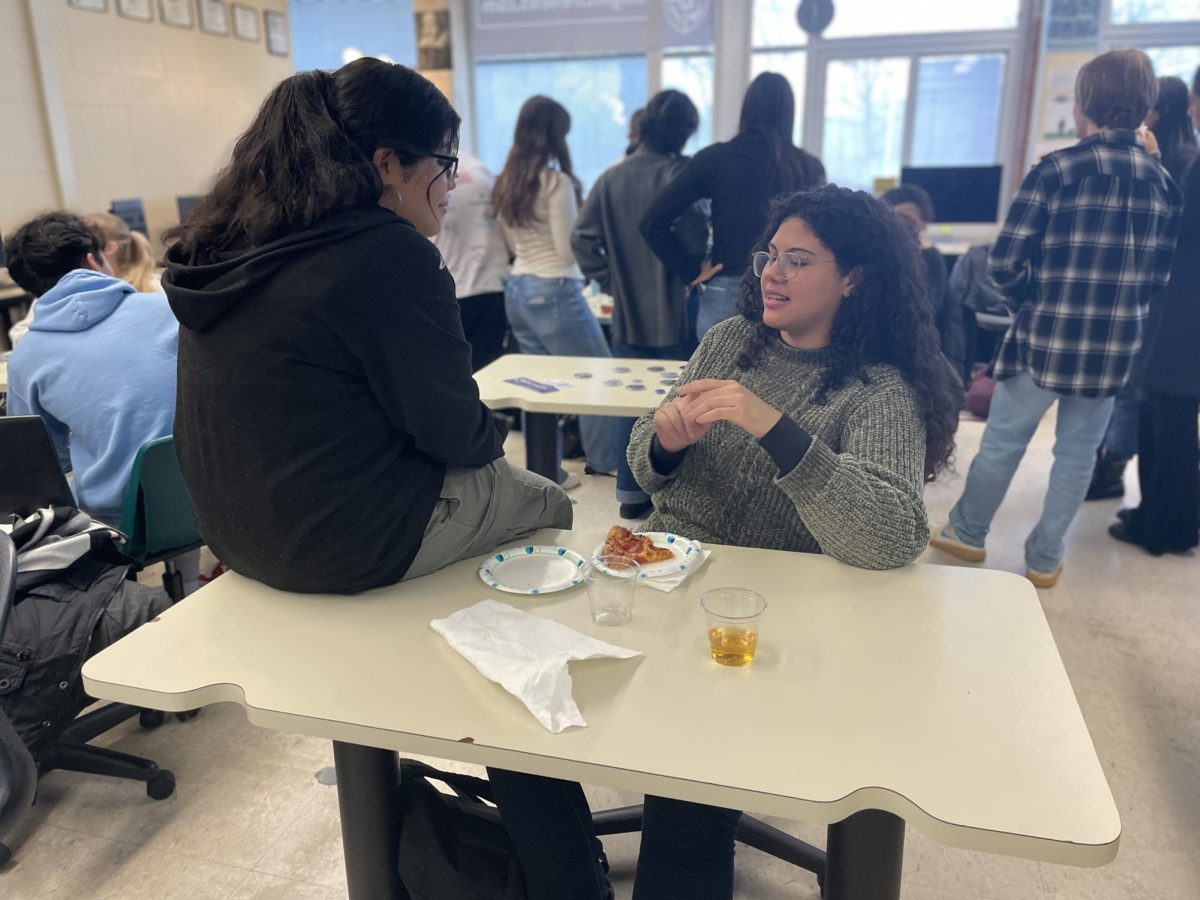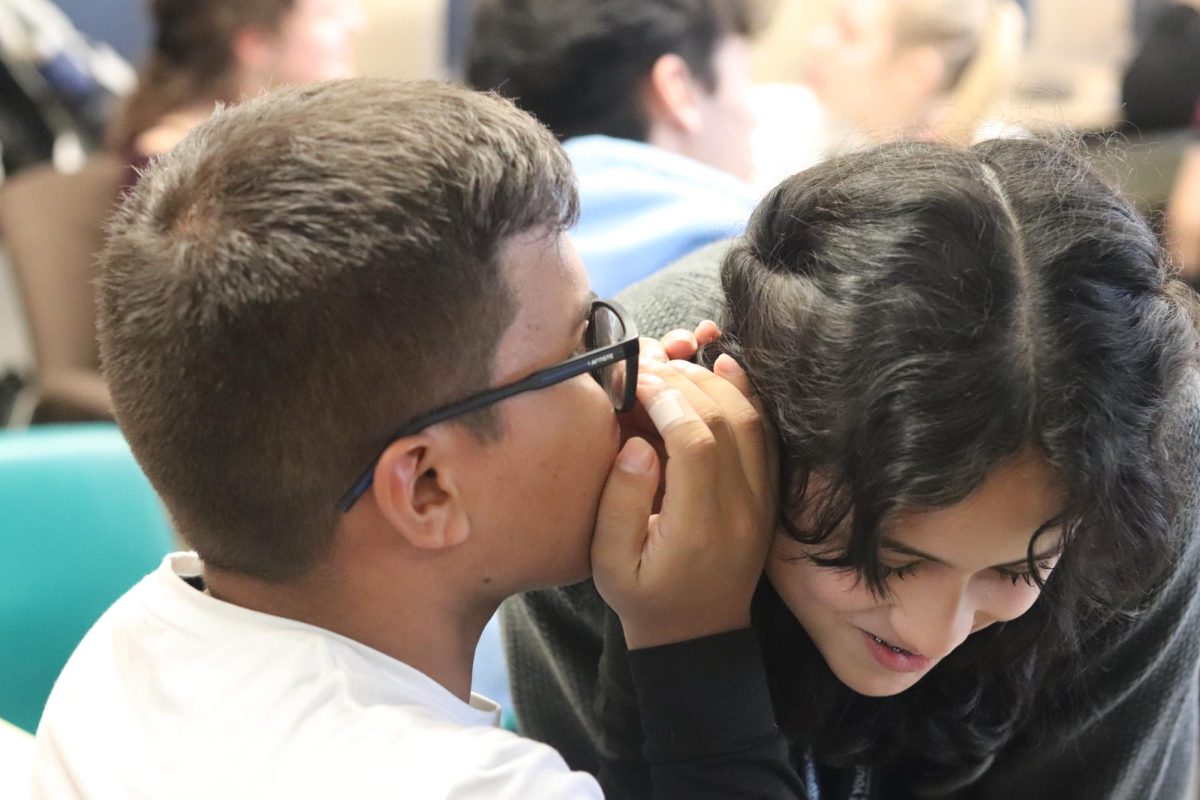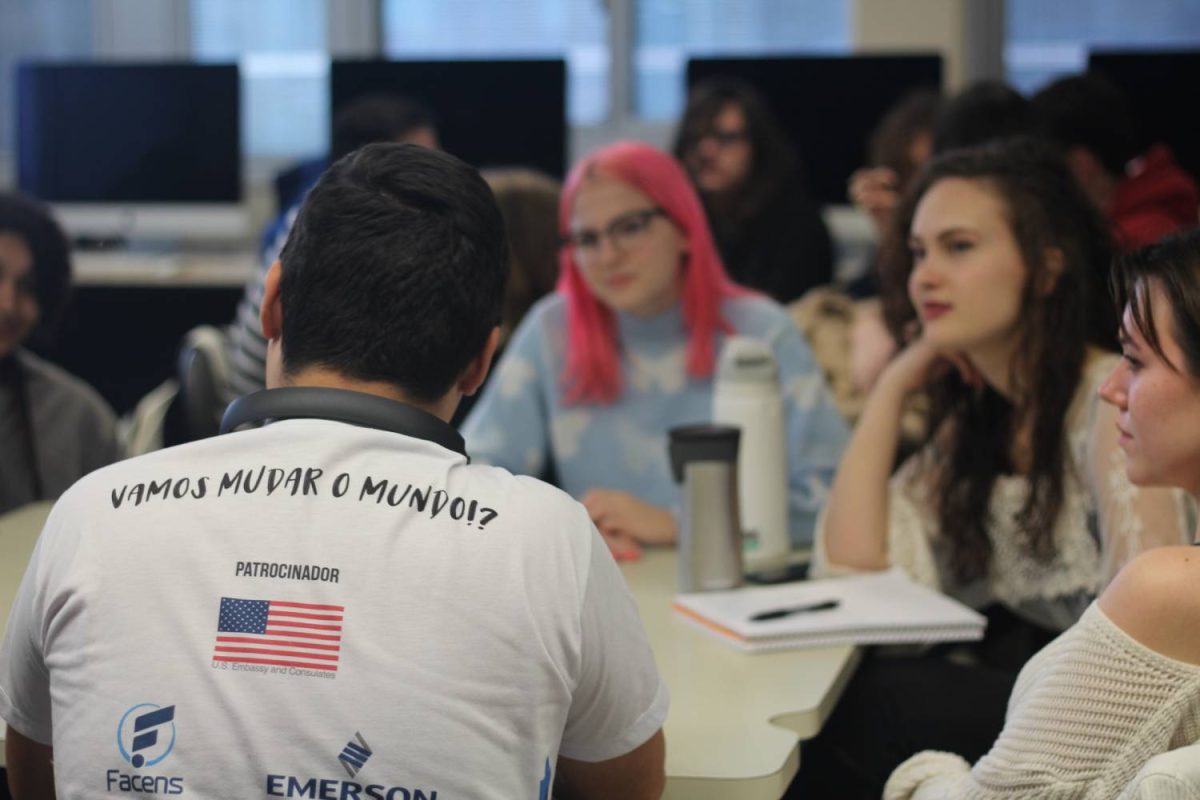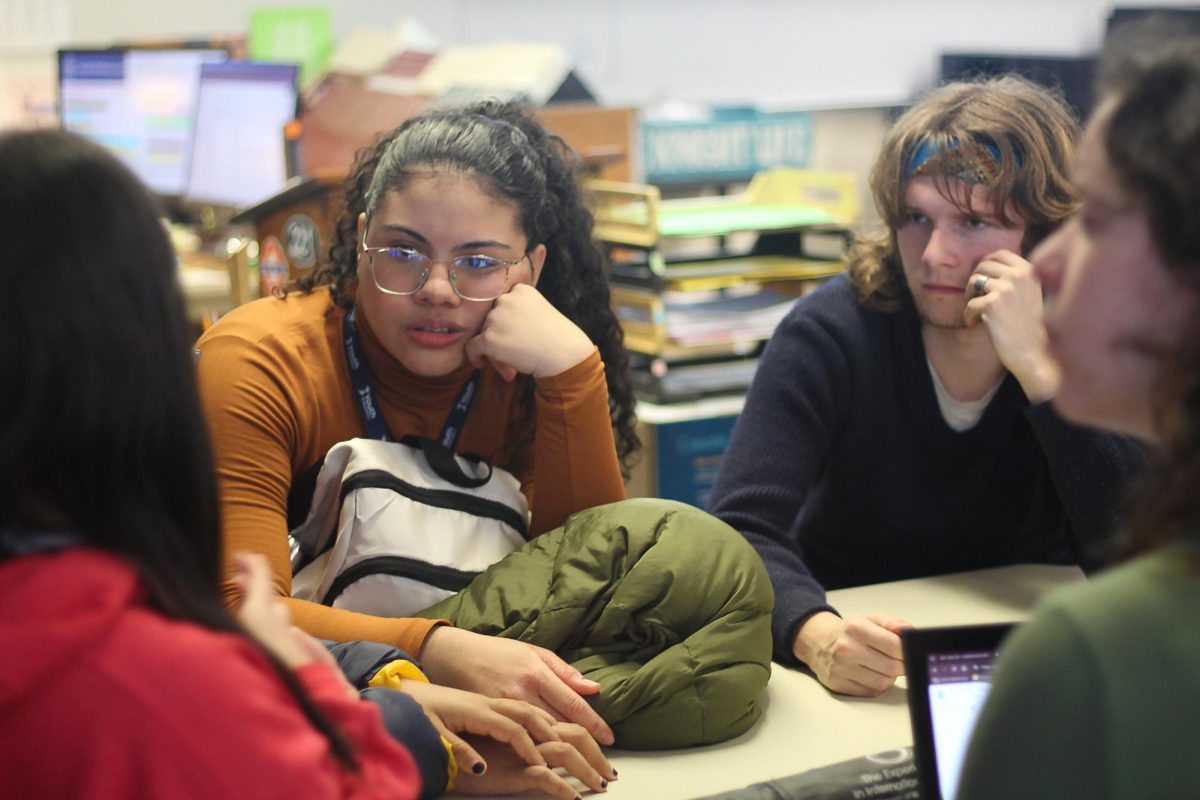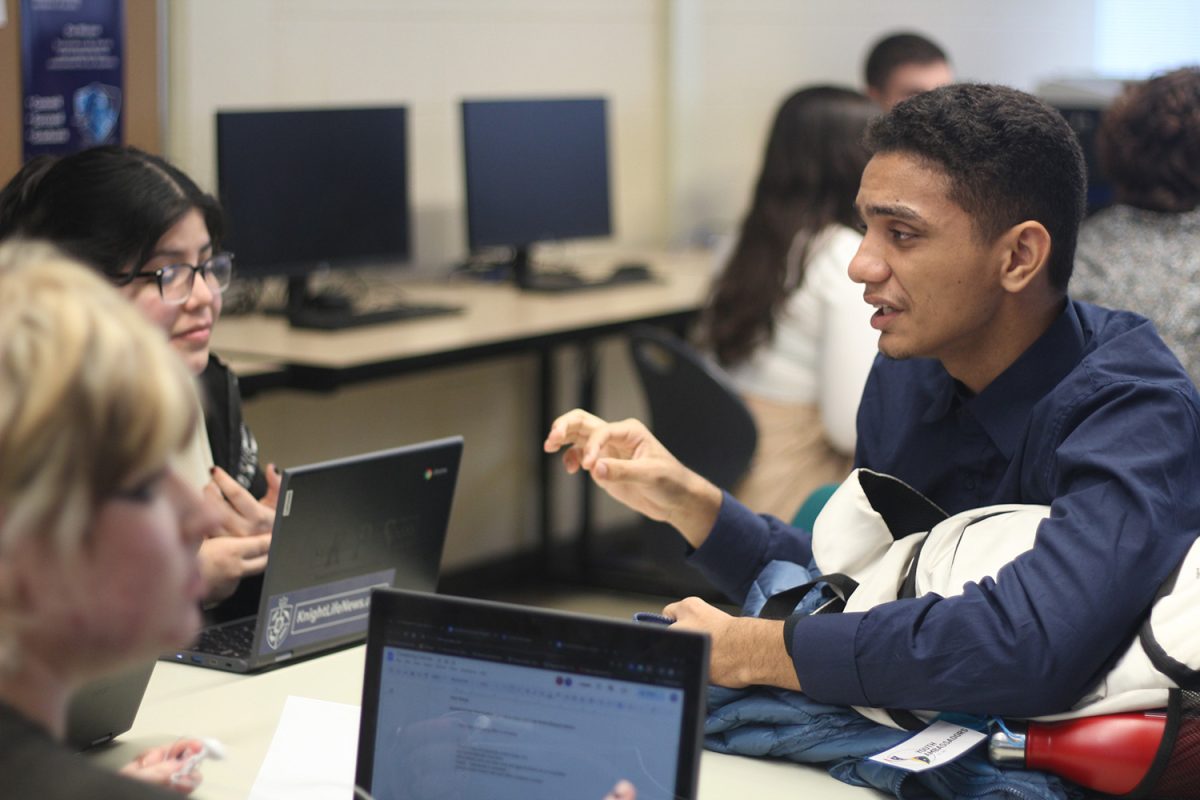 Editor’s Note: This story is part of the Global Ties Kalamazoo series published by Knight Life News. From Feb. 12-16, related content can be found on our website, Instagram and Facebook.
Editor’s Note: This story is part of the Global Ties Kalamazoo series published by Knight Life News. From Feb. 12-16, related content can be found on our website, Instagram and Facebook.
Whether it’s grabbing a last minute piece of toast on the way out the door before school, scarfing down a slice of pizza while trying to cram for a test at lunch, or unwrapping a granola bar in the car on the way to practice, the average American high school student is as well-versed in eating quick meals on the go as they are in their multiplication tables. However, for the Brazilian Youth Ambassadors that partnered with Global Ties Kalamazoo to come visit Kalamazoo, this experience with food was a major culture shock.
Cuisine in Brazil holds a lot of significance. Food is not only a representation of the diverse ethnic influences in the country, but it is also a way for people to slow down and connect with each other over the sharing of a meal.
Youth Ambassador Clara Delgado e Cunha noted that the biggest difference between Brazilian and American culture surrounding food is the time and attention allotted to each meal.
“In Brazil, the lunch is very very important, so we take a long time to eat and talk. We saw here you just eat something really fast — something that’s not very heavy,” said Clara.
The culture surrounding lunch in America is very fast paced. At Loy Norrix, each lunch period is 30 minutes, and the primary focus is to finish your food and use the bathroom before your next class. In Brazil, however, the additional time is reserved for connecting with others and getting the proper nutrition for the day.
“It is the time where the whole family gets together to sit around the table and talk about the plans for the day. Companies generally give one to two hours of lunch so that employees can enjoy the meal. Because it’s a slightly longer meal, it requires more attention, where everyone actually stops what they’re doing to go have lunch,” said Clara.
Even during meals like dinner or breakfast, Americans often divert their attention to other tasks: watching TV, scrolling through social media or doing homework.
However, in order to preserve this sense of importance surrounding mealtimes in Brazil, there is a greater distinction in the scheduling of breakfast, lunch and dinner.
Youth Ambassador Kauê Derval Gonçalves Alves noted his surprise at the American custom of “brunch.”
“Here, it seems like the dinner is the main meal and sometimes the breakfast and the lunch are mixed. My host family calls it brunch,” said Kauê. “We have breakfast and lunch. It doesn’t matter the time, but we always have the two, not together.”
The Brazilian culture surrounding food is generally slower with more attention to connection with others at the table and a designated time to nourish your body for the day, a stark contrast to the perfunctory way that American students go about mealtimes.


